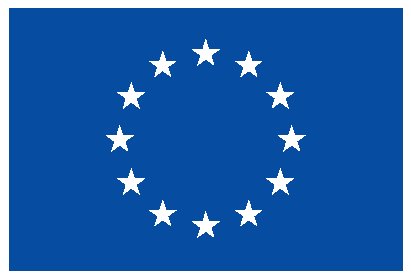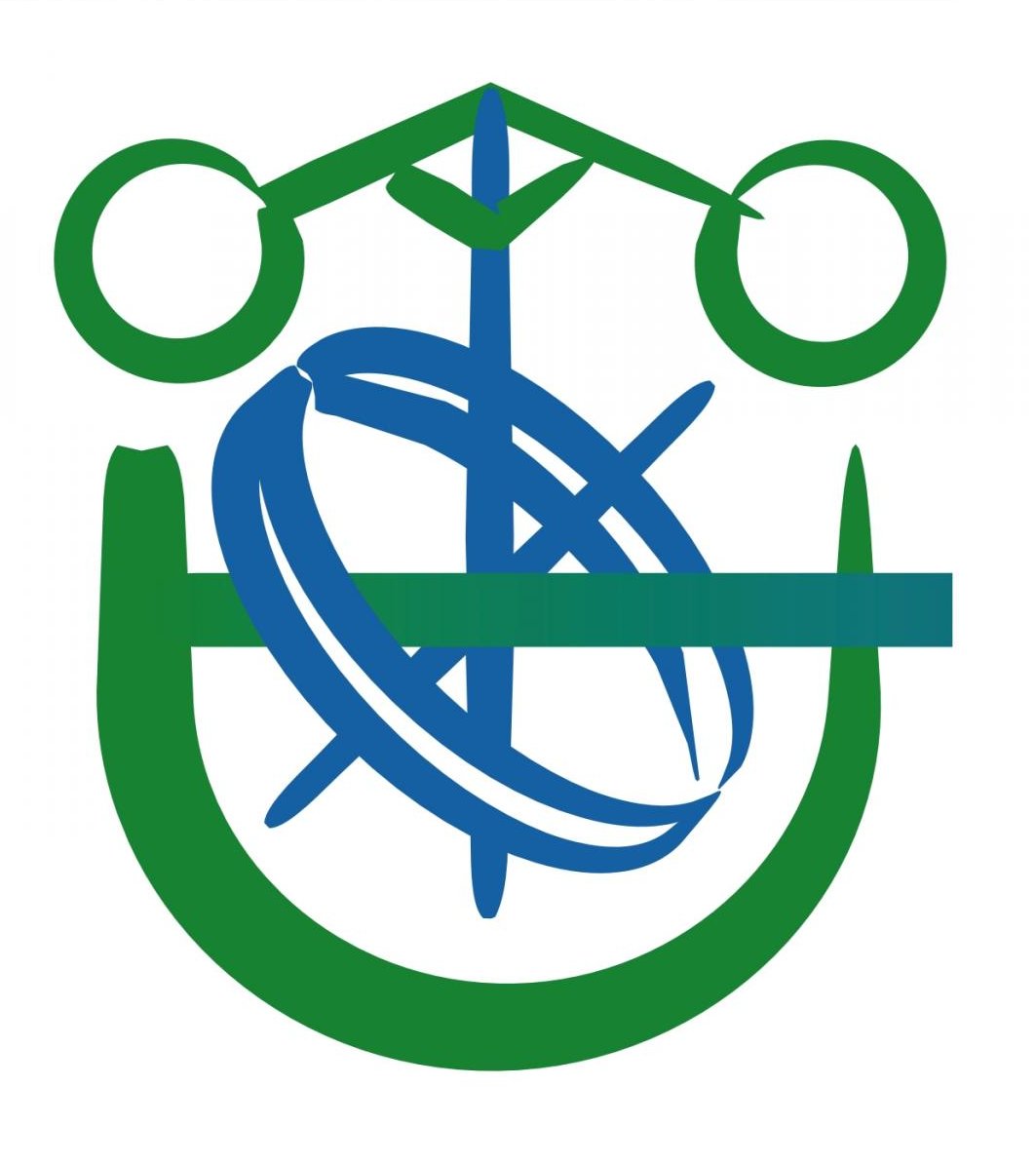Exponential loss regularisation for encouraging ordinal constraint to shotgun stocks quality assessment
Hits: 3421
- Áreas de investigación:
- Año:
- 2023
- Tipo de publicación:
- Artículo
- Palabras clave:
- Ordinal classification, Convolutional neural networks, Loss function, Cumulative link models, Aesthetic quality control
- Autores:
-
- Vargas, Víctor Manuel
- Gutiérrez, Pedro Antonio
- Rosati, Riccardo
- Romeo, Luca
- Frontoni, Emanuele
- Hervás-Martínez, César
- Journal:
- Applied Soft Computing
- Volumen:
- 138
- Número:
- 110191
- Mes:
- Mayo
- ISSN:
- 1568-4946
- Nota:
- JCR(2022): 8.7, Position: 12/110 (Q1) Category: COMPUTER SCIENCE, INTERDISCIPLINARY APPLICATIONS
- Abstract:
- Ordinal problems are those where the label to be predicted from the input data is selected from a group of categories which are naturally ordered. The underlying order is determined by the implicit characteristics of the real problem. They share some characteristics with nominal or standard classification problems but also with regression ones. In the real world, there are many problems of this type in different knowledge areas, such as medical diagnosis, risk prediction or quality control. The latter has gained an increasing interest in the Industry 4.0 scenario. Some weapons manufacturer follow an aesthetic quality control process to determine the quality of the wood used to produce the stock of the weapons they manufacture. This process is an ordinal classification problem that can be automatised using machine learning techniques. Deep learning methods have been widely used for multiples types of tasks including image aesthetic quality control, where convolutional neural networks are the most common alternative, given that they are focused on solving problems where the input data are images. In this work, we propose a new exponential regularised loss function that is usedto improve the classification performance for ordinal problems when using deep neural networks. The proposed methodology is applied to a real-world aesthetic quality control problem. The results and statistical analysis prove that the proposed methodology outperforms other state-of-the-art methods, obtaining very robust results.
- Comentarios:
- JCR(2022): 8.7, Position: 12/110 (Q1) Category: COMPUTER SCIENCE, INTERDISCIPLINARY APPLICATIONS







